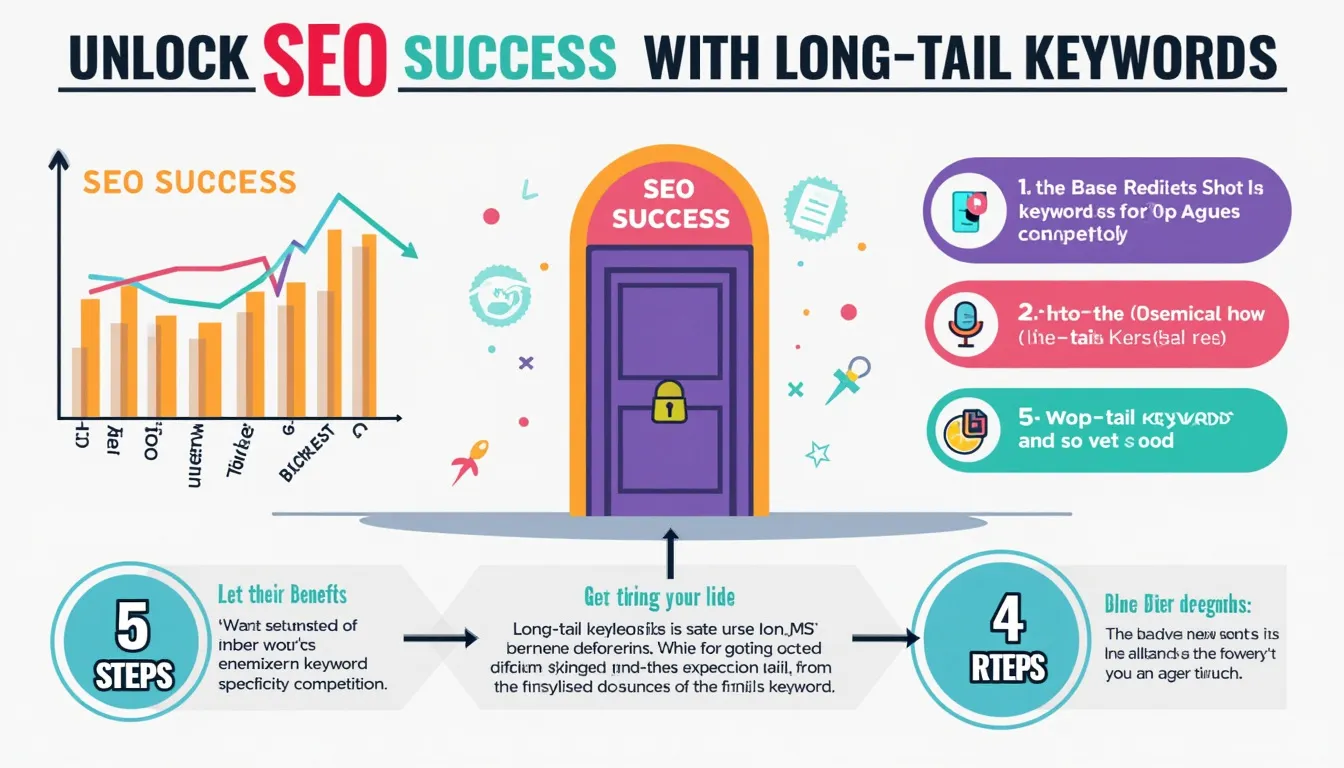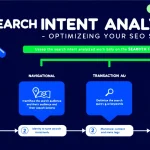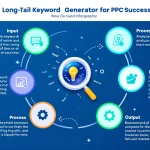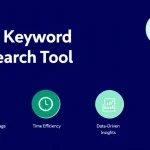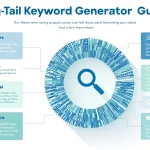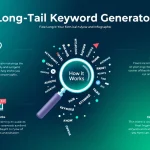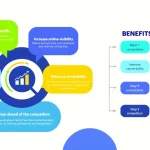Long-Tail Keyword Generator
Is this tool helpful?
How to use the tool
- Enter a base keyword. Example 1: “Eco-Friendly Travel”. Example 2: “Gluten-Free Baking”.
- Select search intent. Choose Informational, Navigational, Transactional or Commercial Investigation to match user goals.
- Add an optional emphasis. Try “Backpacking” or “Kids’ Snacks” to narrow results.
- Hit “Generate”. The form calls process_llm_form, returning 10 keyword ideas ranked by Performance Score.
- Evaluate PS. The tool applies the formula $$PS = rac{SV}{KD}$$ where SV = monthly searches and KD = difficulty. Example: SV = 600, KD = 20 ⇒ PS = 30.
- Copy and deploy. Paste top-ranked keywords into blog titles, ad groups or product descriptions.
Quick-Facts
- Average long-tail query length: 4-6 words (Ahrefs Study, https://ahrefs.com/blog/long-tail-keywords).
- Voice searches exceed 27 % of global mobile queries (Google I/O, https://events.google.com/io) — long tails match natural speech.
- Clicks on long-tail ads cost up to 36 % less than head terms (WordStream PPC Benchmarks, https://www.wordstream.com).
- Pages targeting long-tail keywords convert 2.5× better than generic pages (Conductor Research, https://www.conductor.com).
FAQ
What is a long-tail keyword?
It is a specific, low-volume phrase—usually four or more words—that captures clear user intent and faces less competition (Ahrefs Study, https://ahrefs.com/blog/long-tail-keywords).
How does the Performance Score help me choose?
The PS compares search demand with ranking difficulty; higher scores highlight phrases with strong traffic potential and manageable competition (Moz Keyword Explorer, https://moz.com/explorer).
Can I adjust keywords for local SEO?
Add a city or neighborhood in the emphasis field, e.g., “Downtown Austin,” to surface geo-targeted phrases your nearby customers search (BrightLocal Local Search Survey, https://www.brightlocal.com).
Does the tool support voice search optimisation?
Yes. Long-tail phrases resemble conversational queries such as “where to recycle batteries near me,” aligning with voice search patterns (Google I/O, https://events.google.com/io).
What data sources feed SV and KD?
The backend pulls monthly volume from Google Keyword Planner and difficulty metrics from the Moz API (Moz API Docs, https://moz.com/products/api).
How many keywords will I get per run?
You receive 10 ranked suggestions, enough to fill a content calendar or ad group without overwhelming analysis.
Can I export results?
Use the built-in “Copy to Clipboard” link, then paste into Sheets or Excel for tracking.
Why focus on intent first?
“Google recommends focusing on user intent when selecting keywords” (Google Search Quality Rater Guidelines, https://static.googleusercontent.com) because intent alignment improves relevance and ranking.
Important Disclaimer
The calculations, results, and content provided by our tools are not guaranteed to be accurate, complete, or reliable. Users are responsible for verifying and interpreting the results. Our content and tools may contain errors, biases, or inconsistencies. Do not enter personal data, sensitive information, or personally identifiable information in our web forms or tools. Such data entry violates our terms of service and may result in unauthorized disclosure to third parties. We reserve the right to save inputs and outputs from our tools for the purposes of error debugging, bias identification, and performance improvement. External companies providing AI models used in our tools may also save and process data in accordance with their own policies. By using our tools, you consent to this data collection and processing. We reserve the right to limit the usage of our tools based on current usability factors.
